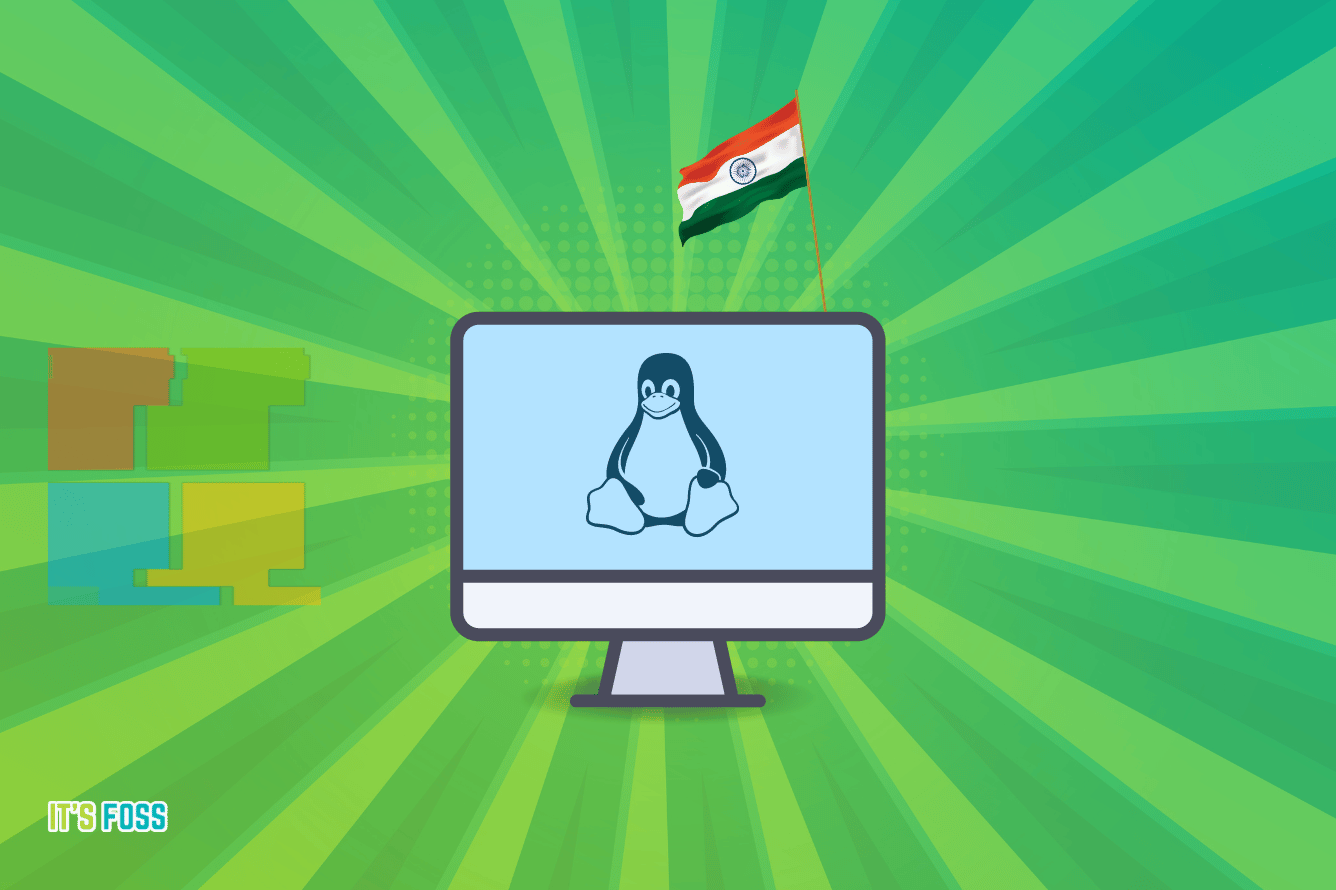Bleh.
But I use RNDIS everyday to connect to the internet. ![]()
Merry Christmas to all.
OpenSUSE gave us an early present this year.
I am sure some smart coder types will put it into Arch very soon.
System D boot with snapper integrated.
Plymouth, the open-source graphical boot animation and logger application, has been updated to version 23.51.283, a release that brings various new features and improvements.
It’s been more than a year since the last Plymouth release and the devs worked hard during this time to bring us new features like a new plugin called “label-freetype” for rendering text while using a smaller disk footprint for the initramfs, as well as a new splash mode called system-reset splash mode for indicating factory reset progress.
The new Plymouth release also introduces rich text support for labels for the use of different text colors, an integrated terminal emulator for plugins that work with kernels that don’t have fbcon, and support for /dev/input devices by using standard XKB layout information for input.
"When it takes more than one refresh cycle to render a frame, which isn’t unheard of with weak integrated GPUs, KWin starts compositing immediately and we may or may not hit the vblank deadline. If it’s missed, then the buffer takes a whole refresh cycle of the display to be used, which means the refresh rate drops to half of what it should be - resulting in a less smooth appearance and increased latency.
With this MR, KWin schedules frames so that they can always hit the vblank deadline, and allows a maximum of two frames to be pending at the same time. This means that if the GPU can’t keep up, latency will be increased just as much as is needed instead of almost one entire additional frame of latency and the halved refresh rate."
What do Amazon, Sony, and Broadcom all have in common? Give up? Each, in their own way, has made it clear that when you buy something from them, you don’t actually own it.
Going back to 2009, Amazon dropped 1984 and Animal Farm from its Kindle eReaders. You may have thought you owned copies of these classic George Orwell books, but you were wrong. Amazon said they’d discovered they hadn’t the right to sell the books, so they deleted them from your eReaders. Eventually, Amazon restored those books, but a precedent had been set. Amazon, not you, owns your eBooks.
Indian Defense Services Switch to Linux
Indian Defense Services Switch to Linux
The Defense Ministry of India has decided to replace Windows with an in-house developed Linux distro dubbed “Maya”.
Of course, this is not the first time a government body has decided to use Linux to improve security and privacy.
However, in a country like India, a simple choice to use Linux in one part of the government body could have a massive influence over other systems. And, that would be a really nice thing for Linux in general.
I knew this thing very well, but didn’t supposed that anyone will put it in the list of what happened in linux in 2023 ![]()
I read about this in German online media back in August. Maya OS: Indiens Verteidigungsministerium will Windows durch eigenes Linux ersetzen
Very interesting. Maybe Maya Os will be released to the public.
There is already an OS in India for public and students but I never used that ![]()
It’s name is BOSS linux ![]()
https://www.bosslinux.in/
The full form of BOSS is Bhartiya(Indian) Operating System Solutions
Just an extract of the same website that you linked above … ![]()
Not the first self-developed OS
By the way, Maya OS is not the first Indian operating system to be developed in its own country. In 2007, the Centre for Development of Advanced Computing (C-DAC) released the Bharat Operating System Solutions (BOSS) with the aim of promoting the introduction of free and open-source software throughout India. BOSS Linux is already available in 19 Indian languages and has also been used by the Indian army.
Stealth.info
Nicht das erste selbst entwickelte OS
Übrigens ist Maya OS nicht das erste indische Betriebssystem, das im eigenen Land entwickelt wurde. Im Jahr 2007 veröffentlichte das Centre for Development of Advanced Computing (C-DAC) das Bharat Operating System Solutions (BOSS) mit dem Ziel, die Einführung von freier und quelloffener Software in ganz Indien zu fördern. BOSS Linux ist bereits in 19 indischen Sprachen verfügbar und wurde zwischenzeitlich auch von der indischen Armee verwendet.
Tarnkappe.info
BOSS Linux is mentioned in the article.
Obviously, the possibility already exists. How to start Maya from a command line on Linux
Yes, Ubuntu/Canonical is not my thing either
I guess there’s something flying over my head, but… autodesk maya at DuckDuckGo
Awesome name for a linux distro ![]()
proud to be an indian ![]()
also i knew it now
Can’t be right! Private mode is private! Its in the name!
If the mode’s name is “Private”, its impossible to do tracking! Why would they name it that way and not be private???
Maya OS is not autodesk maya ,
autodesk maya is some kind of graphics related software that runs on M$ , mac and linux
they make assets for 3-D apps , TV series, anime, etc…
That was the point of my comment: “How to start Maya” is about Autodesk Maya.
But at first I mistakenly replied to you.

